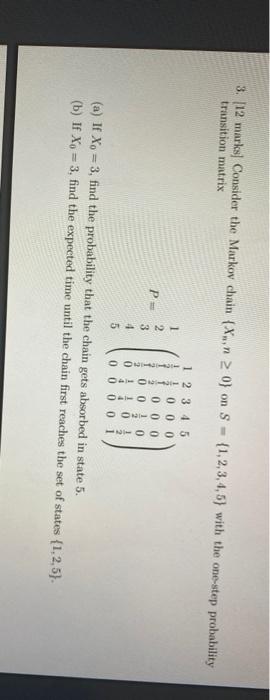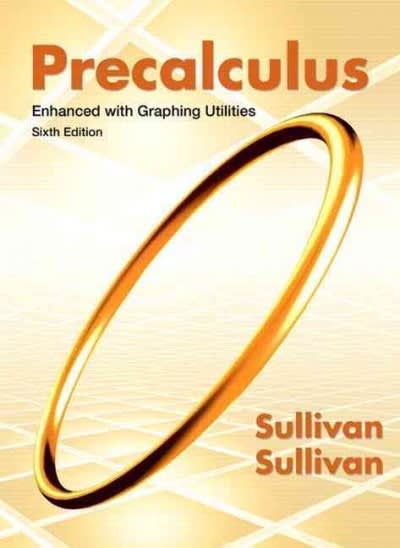Question
1.In a certain department of a factory there are two shops. Total departmental overheads for a year are `1,20,000 and the estimated number of direct
1.In a certain department of a factory there are two shops. Total departmental overheads for a year are `1,20,000 and the estimated number of direct labour hour is 24,000 (10 men employed for 48 hours per week during 50 weeks in the year). From the particulars given below calculate the prime cost and works cost of a work order No. 54 which passes through both shops:
(1) Material consumed `1,000.
(2) Direct labor hours shop A -8hrs at '6.00 per hour
Shop B-5hrs 7.50 per hour
3) Works overheads are to be levied by means of a direct hour rate
2.How can consumer satisfaction be measured using perspectives of financial and non-financial measures.
3.What is just in time technique for managerial accounting.
4.How do you measure impact of managerial control on employees behavior
5.What are some alternative methods of measuring value of intangible assets
6.What impacts do managerial accounting for operation managers have in decision making and planning.
7.Discuss the need of database logical structures and their significance in effective management of database.
8.Why are retained earnings not distributed to shareholders in a public company.
9.State and explain when a company should report a balanced sheet
10.Why is volume a totally independent variable from price in the market


Step by Step Solution
There are 3 Steps involved in it
Step: 1

Get Instant Access to Expert-Tailored Solutions
See step-by-step solutions with expert insights and AI powered tools for academic success
Step: 2

Step: 3

Ace Your Homework with AI
Get the answers you need in no time with our AI-driven, step-by-step assistance
Get Started


